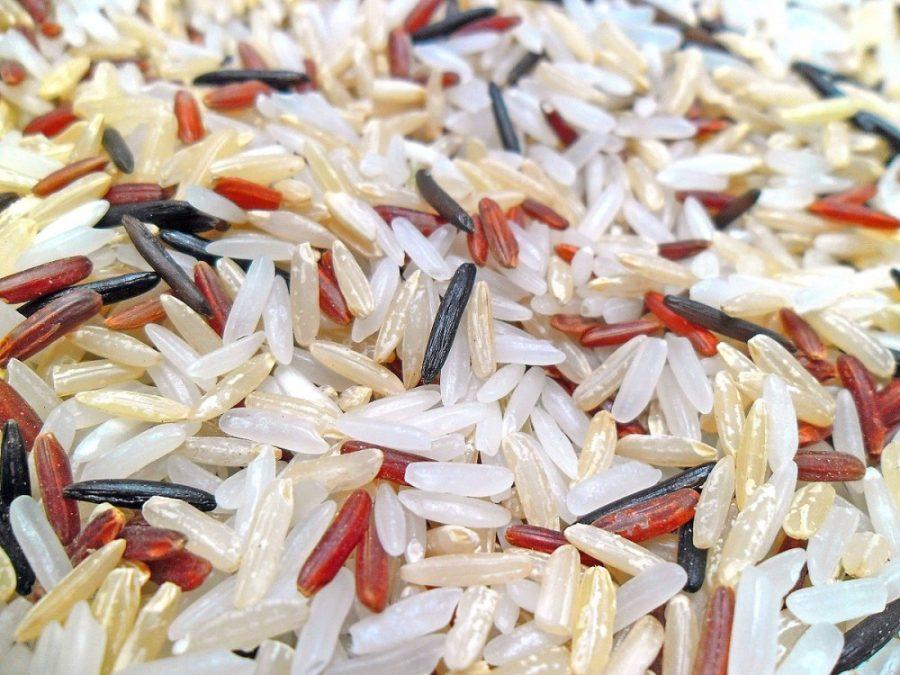The rice of the future may be in our bowls sooner than we think.
Researchers, led by Dr. Rod Wing, a University of Arizona professor of plant science and director of the Arizona Genomics Institute, completed the genome sequencing of 13 varieties of rice in an effort to cultivate new varieties to feed a changing world.
“Rice feeds half the world and it’s that half that is expected to double by 2050,” Wing said. “So we need to develop new varieties of rice that are higher yielding, more nutritious and have less of an environmental footprint. So the way we’re approaching this problem is to understand natural variation that already exists in cultivated rice, as well as in the wild relatives of rice.”
RELATED: Lipedema: Often mistaken for obesity
Scientists working on the International Oryza Map Alignment Project worked for 15 years to complete and compile the genomes of nine new varieties of rice, including seven wild varieties. Four additional genomes had already been sequenced. Oryza is the genus for rice.
The project got its start during the end of another landmark genetic discovery, the initial sequencing of the rice genome, which Wing was a participant in.
“I started studying about the wild relatives of rice and I thought, ‘Why don’t we learn about these wild relatives?’ Because they essentially contain a virtually untapped reservoir of genes that could be used for crop improvement,” Wing said.
The Map Alignment Project began in 2003. Over the past decade and a half, researchers spent their days in the lab designing experiments, completing the sequencing and validating their data.
In total, the project cost over $20 million. A majority of the funding came from grants by the National Science Foundation Plant Genome Program, with additional funding coming from other smaller gifts and the Axa Research Fund.
The goal of the project was twofold. The completion of these genomes opens the door for further rice research. In the future, scientists may be able to isolate genes for crop improvement, including higher yielding, more nutritious rice with a lower environmental impact.
But the project also contributes to other scientific fields beyond genetics. The phylogenetic trees, or evolutionary trees, of oryza created by the researchers can be used for understanding plant evolution on a broader scale.
“The genomes that they sequenced are of such high quality … that’s not something that’s available for most other organisms out there,” said Dr. Michael Sanderson, one of the researchers on the project and a professor of ecology and evolutionary biology. “So we can take advantage of that to make these rice species sort of a model system to study the evolution of plants.”
Researchers ultimately took their data package on the 13 rice varieties and outlined their findings in an article that made the cover of Nature Genetics. The cover features a drawing of wild rice dancing, designed by Wing’s daughter, Katie.
“[We’re] trying to tell a story about the genomes, and that’s pretty hard to do,” Wing said. “It took us a long time to tell something that was good enough to publish in a journal like this … The genome is fine, it’s is easy to do now, but it’s really how do you compare it in an interesting way. We think we did a pretty good job.”
All of the data from the project is now in the public domain for scientists from other labs to use in their own research.
RELATED: UA-led research team maps rice genome to feed a growing world population
“It’s important that everybody can look at it and come up with new ways of looking at the data,” Wing said. “Because if we just sit on it, and nobody else has access to it, then it really doesn’t exist. Whereas if we release then everybody can look at it and extract new information out of it.”
Moving forward, Wing, Sanderson and other researchers will continue to sequence remaining genomes and compare those already sequenced, with the goal of one day transferring useful genes into new varieties of rice.
“Having the genome is the beginning of the story,” Wing said. “What we want to do know is comparing their genomes to see what’s similar and what’s different … The other thing that we will use it for is to essentially isolate new genes for crop improvement.”
Follow Vanessa Ontiveros on Twitter









